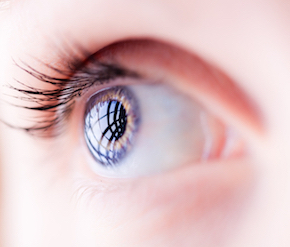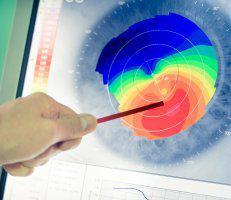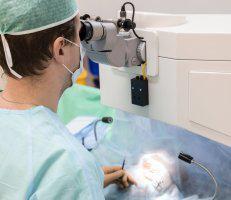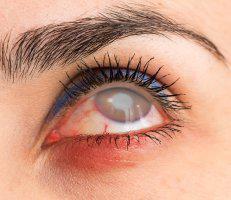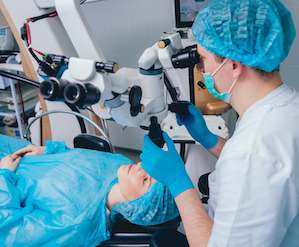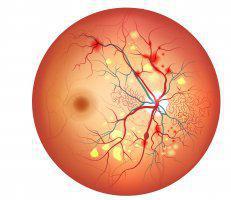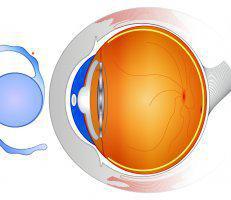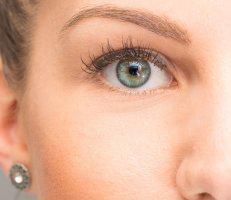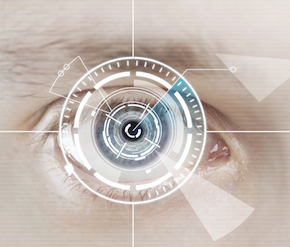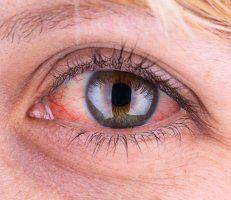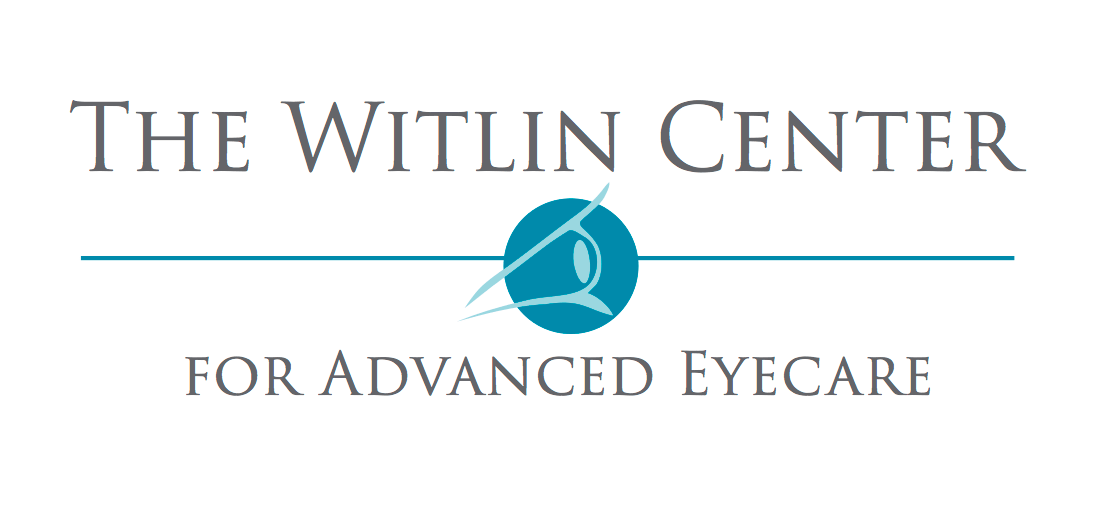A condition called presbyopia hits most people at some time in their 40s. It’s the medical name for age-related vision loss due to changes that naturally occur in your eyes. Like other parts of your body, the eyes are no longer as resilient and elastic as they once were. They no longer accommodate the same range of focus that they once did.
The time-honored method of dealing with this lack of accommodation is adding a pair of reading glasses. These bring small details close to you into sharper focus. It’s a simple way to address the problem.
However, presbyopia is progressive. Soon you’ll find that those reading glasses may be fine for viewing a computer screen, but they’re no longer enough to bring the words of a book into focus. This is when you arrive at the need for multifocal vision correction. In the eyeglass world, this means bifocal lenses, trifocals, or even progressive lenses, but glasses aren’t the only way you can correct your vision, and this example doesn’t consider other refractive eye conditions, such as near and farsightedness. Multifocal solutions can get quite complex.

